Memorial Hall Held Educational Event to Mark 79th Anniversary of Japan’s Unconditional Surrender in WWII
On August 15, the Memorial Hall commemorated the 79th anniversary of Japan’s unconditional surrender in World War II (WWII) by hosting an educational event.The event was held in the “Three Prevails” Exhibit Hall and featured areenactmentof the surrender signing ceremony of WWII that took place in the China Theater in Nanjing in 1945. Approximately 50 participants, including descendants of Nanjing Massacre survivors, school children (some from mountainous regions in southwest China’s Yunnan Province), and college volunteers, attended the event.
Narrating Stories of the Anti-Japanese War, Drawing Strength to Forge Ahead
At 9 am, the event began in a solemn atmosphere with the playing of the national anthem. All the attendees stood in respect, singing together in unison.
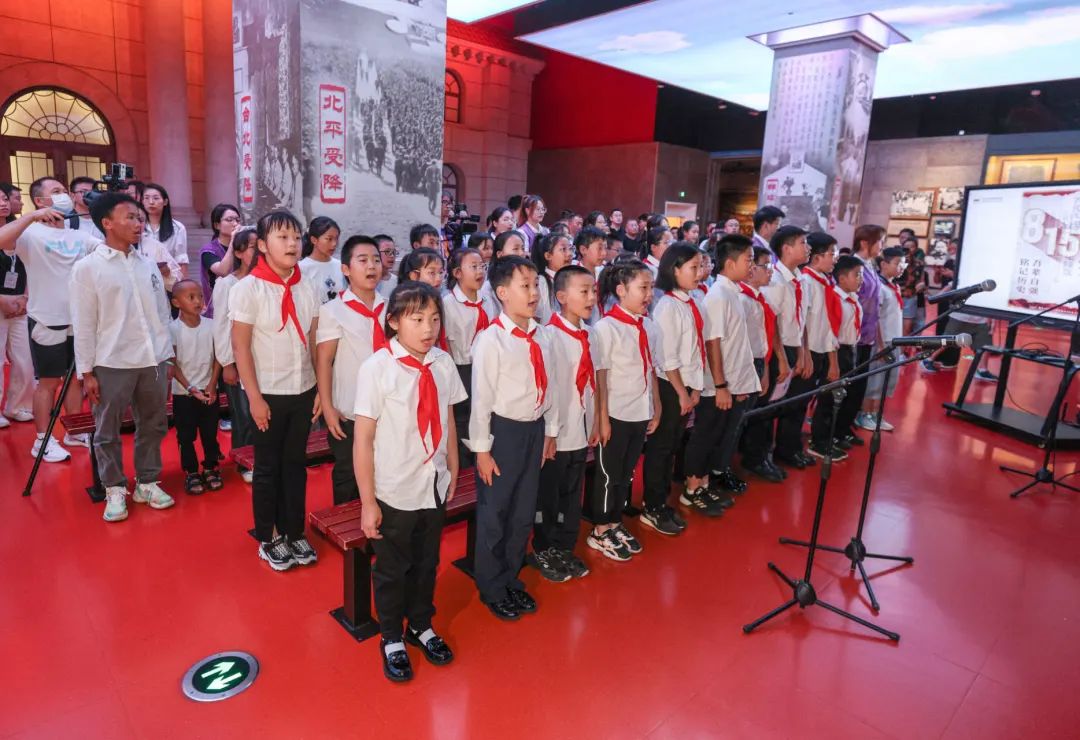
The reenacted scene included a full-size replica of the auditorium at the Central Army Military Academy in Nanjing,where the original surrender ceremony took place. Positioned at the front of the auditorium, the Instrument of Surrender, composed of 891 characters, was displayed in a three-dimensional arrangement, providing a thorough view of this critical historical moment.
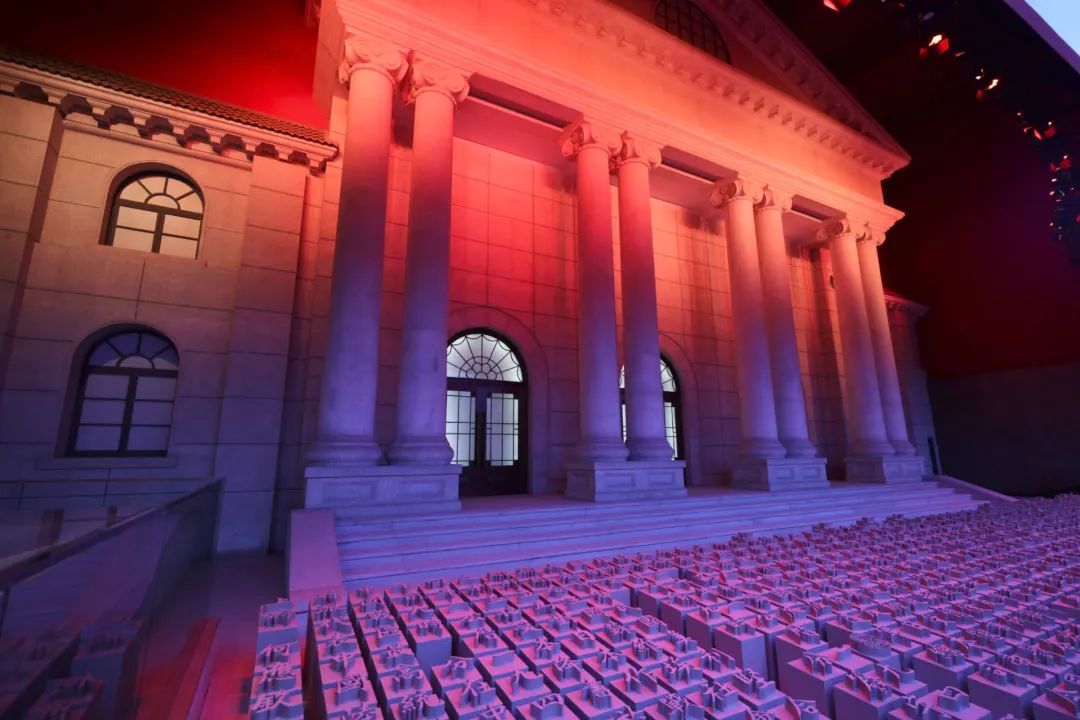
Above the exhibit, flags of the 47 Allies nations that participated in the surrender ceremony were displayed. Surrounding the area, exhibits showcased seized Japanese military arms and gear, as well as lifelike statues of Japanese officers and soldiers in surrender formation.
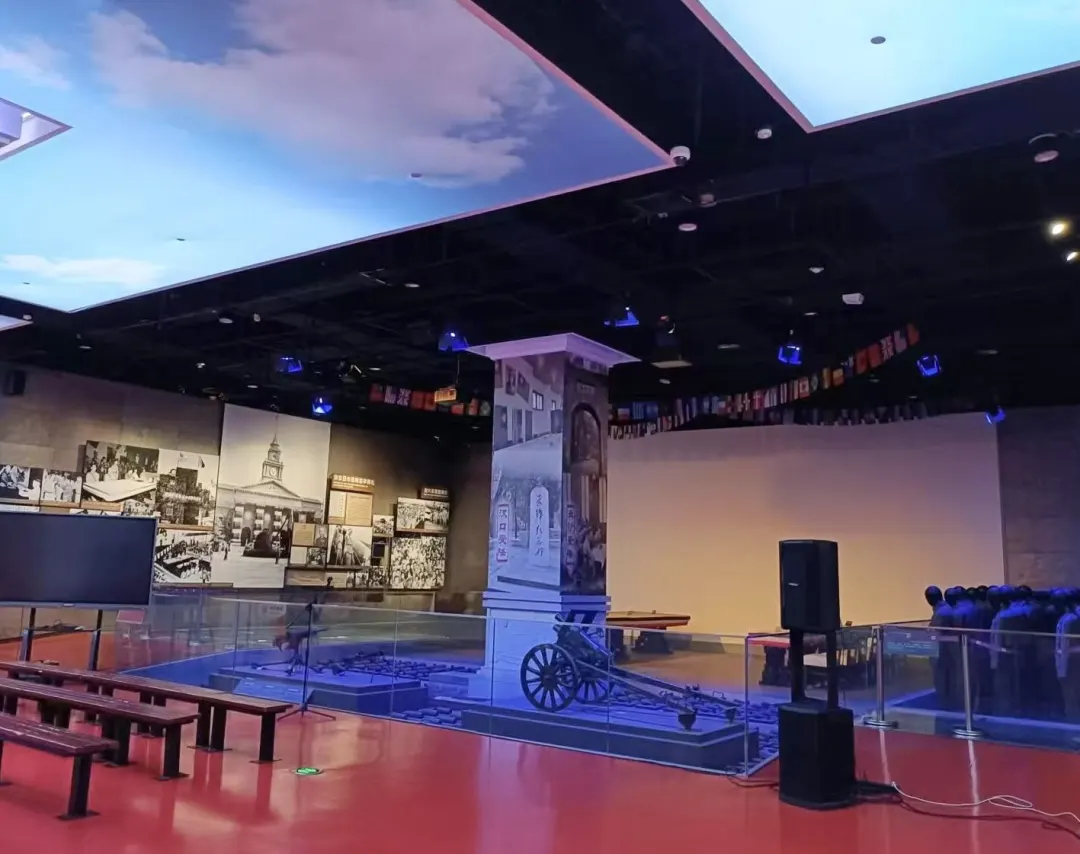
Attendees watched a short film titled Countdown to Surrender at the event. The film recounted the surrender signing ceremony in Nanjing on September 9, 1945, as well as critical milestones in the last 50 days prior to the ceremony as the global community pressed for Japan’s surrender.

During the event, Chen Zihan, a youth representative from Nanjing Gulou Experimental Primary School, recited The Battle of Gaoyou: The Last Battle (the final battle of the New Fourth Army against the Japanese invasion of China and the last battle in Central China, which ended with the surrender of the Japanese and the complete victory of the New Fourth Army.). “Standing here today,” Chen stated, “I see the past sufferings of our motherland. This has deepened my understanding of the historical responsibility and commitment that comes with being a Chinese Young Pioneer. At the same time, I feel a great sense of pride as China grows stronger,ensuring that we will never again suffer the indignities of foreign aggression. The heroic deeds of our forebears will always inspire me to confront and overcome challenges, study hard, and contribute my share to the strength and prosperity of our nation.”
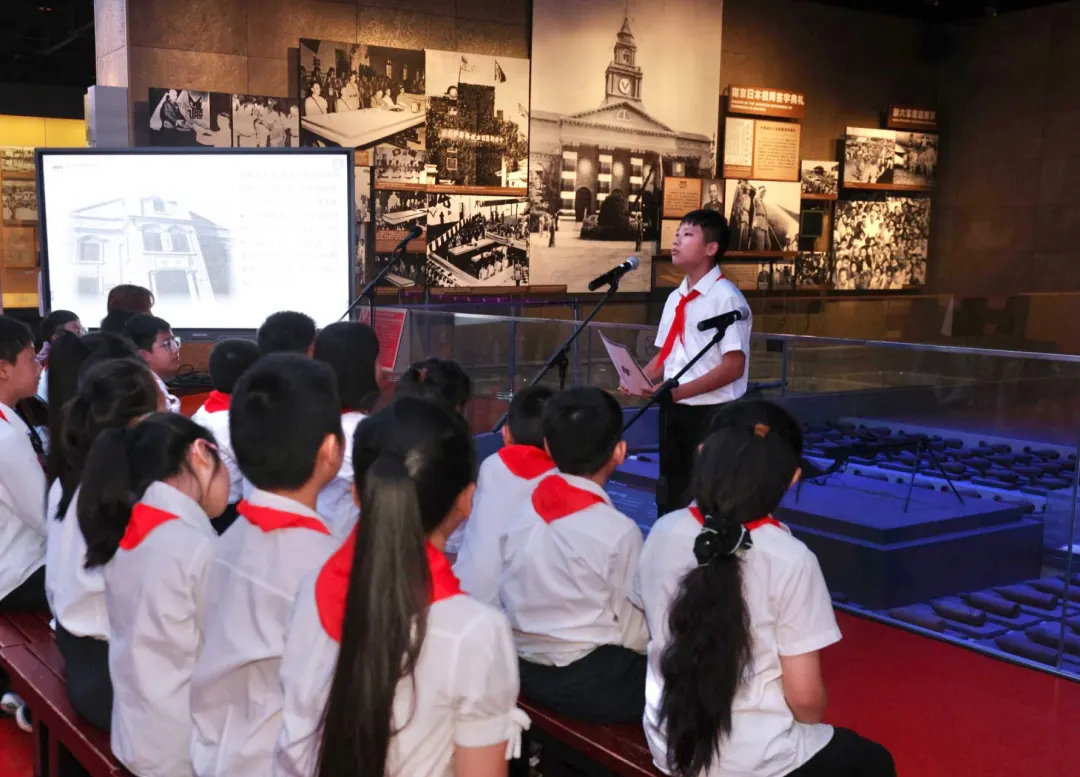
Zhang Ruochu, an eight-year-old youth representative from Nanjing Kerui Primary School, shared the story behind The Handprints of Veterans of the Chinese People’s War of Resistance against Japanese Aggression. She expressed, “China’s epic journey from poverty to prosperity has been built on the sacrifices of numerous martyrs. It is our duty to carry forward the spirit of the war against Japanese aggression, study diligently, and build China into an even more beautiful country.”

Imprinting Red Handprints, Striving to Become a New Generation
A curved wall in the exhibition hall displaysthe handprints of veterans who fought in the war of resistance against Japanese aggression.Attendees gathered in front of this wall, placing their own handprints and signing their names on a large “V” shaped panel symbolizing victory. This act symbolized their commitment to upholding the spirit of the resistance and their determination to grow into a new generation capable of shouldering the responsibility of national rejuvenation.
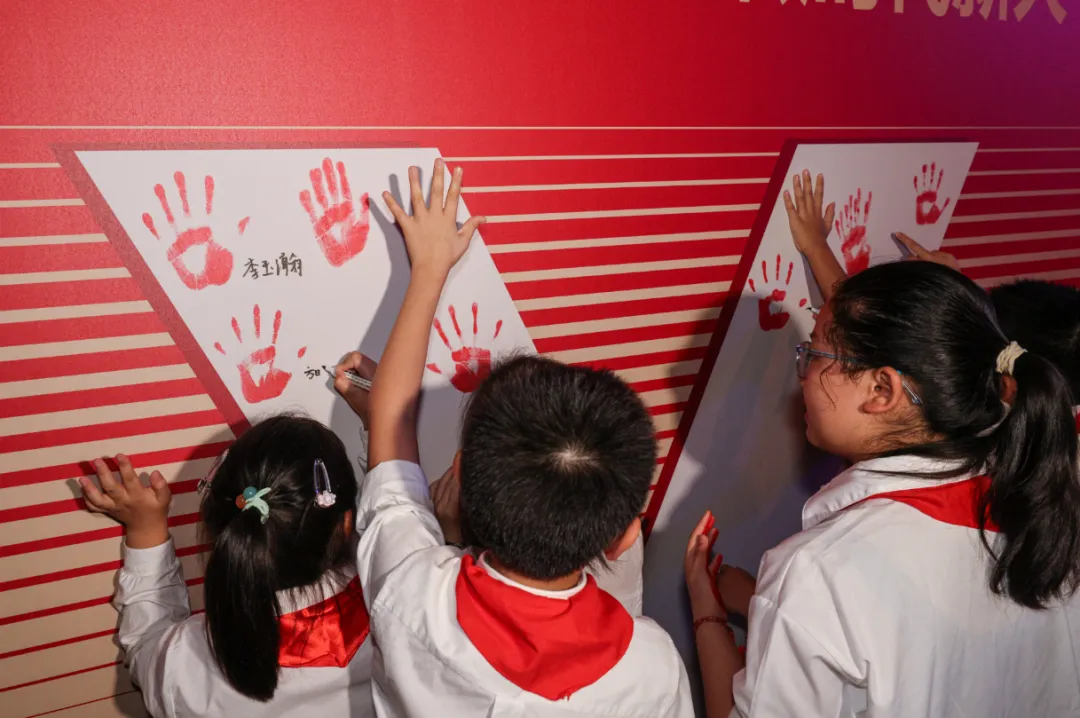
Xia Shuqin, a survivor of the Nanjing Massacre,was present at the event with her great-grandson, Li Yuhan, who has joined the Memorial Hall’s volunteer team. On August 15, 2022, Li was officially recognized as an inheritor of historical memories regarding the Nanjing Massacre, taking the baton from his great-grandmother. He stated, “The bitter lessons of history must never be forgotten. As a descendant of survivors, I have a duty and obligation to take up the responsibility of preserving the historical memory of the massacre and spreading historical truths.”
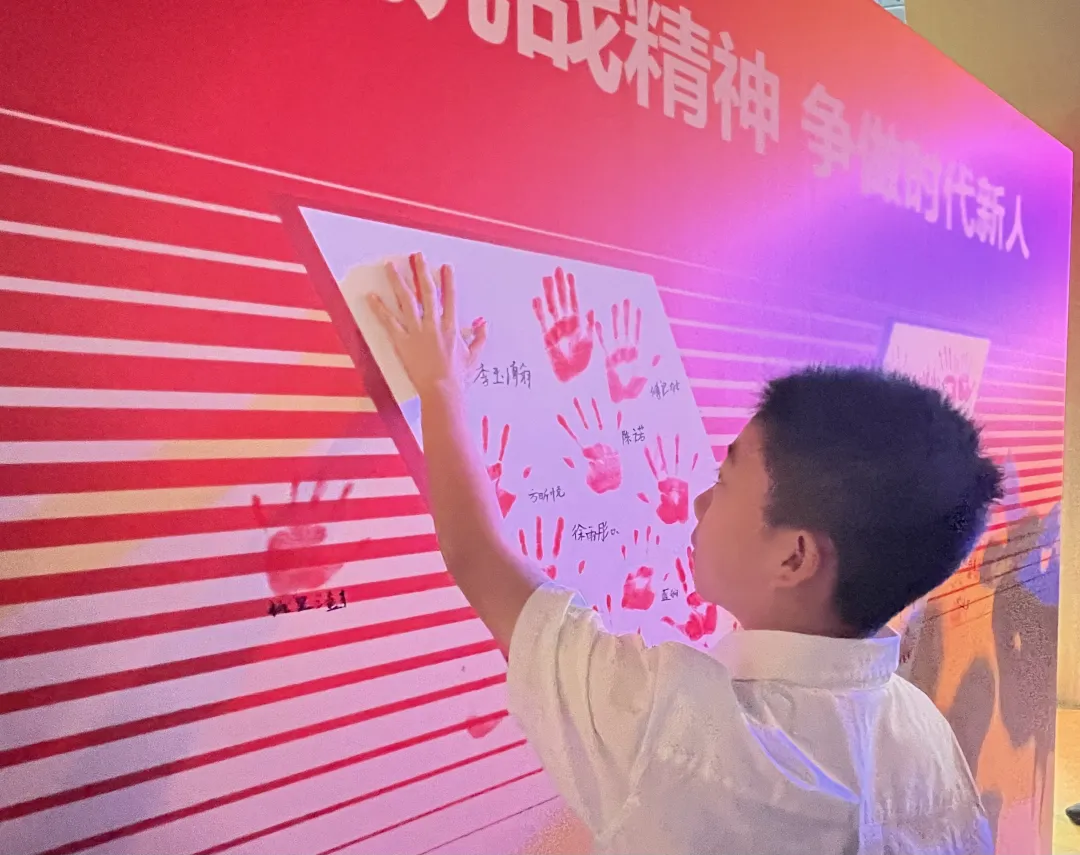
Youth from the SouthwesternFrontier: Walking Out ofthe Mountains to Engage withHistory
A group of young people from the remote southwestern border of China traveled over 2,300 kilometers from Yunnan to Nanjing to connect with the history of the Nanjing Massacre at the Memorial Hall.


“Seeing the suffering of China during the Japanese invasion in the Memorial Hall hasdeepenedmy understanding of the saying,‘backwardness will lead to being beaten.’ Today is a day of special historical significance. Here, I have witnessed the past afflictions of the Chinese nation. In the future, I am determined to study diligently, master new abilities, and step out from the mountains contributeto China’s development,” said Wang Jianying, a student from the Miao ethnic group.


